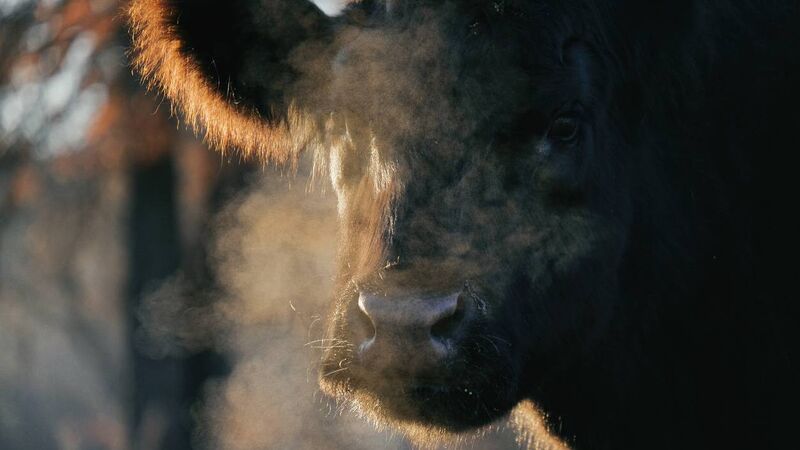Herd Tasks: Your weekly farming checklist

Some poorer quality silages are reducing total intakes of feed in advanced cattle.
Try from €1.50 / week
SUBSCRIBEMonday, October 31 - Sunday, November 6
All Stock
Already a subscriber? Sign in
You have reached your article limit.
Annual €130 €80
Best value
Monthly €12€6 / month
Introductory offers for new customers. Annual billed once for first year. Renews at €130. Monthly initial discount (first 3 months) billed monthly, then €12 a month. Ts&Cs apply.
Newsletter
Keep up-to-date with all the latest developments in Farming with our weekly newsletter.
Newsletter
Keep up-to-date with all the latest developments in Farming with our weekly newsletter.
Newsletter
Sign up to the best reads of the week from irishexaminer.com selected just for you.
Newsletter
Keep up with stories of the day with our lunchtime news wrap and important breaking news alerts.
Friday, December 19, 2025 - 11:00 AM
Friday, December 19, 2025 - 12:00 PM
Friday, December 19, 2025 - 7:00 AM
© Examiner Echo Group Limited